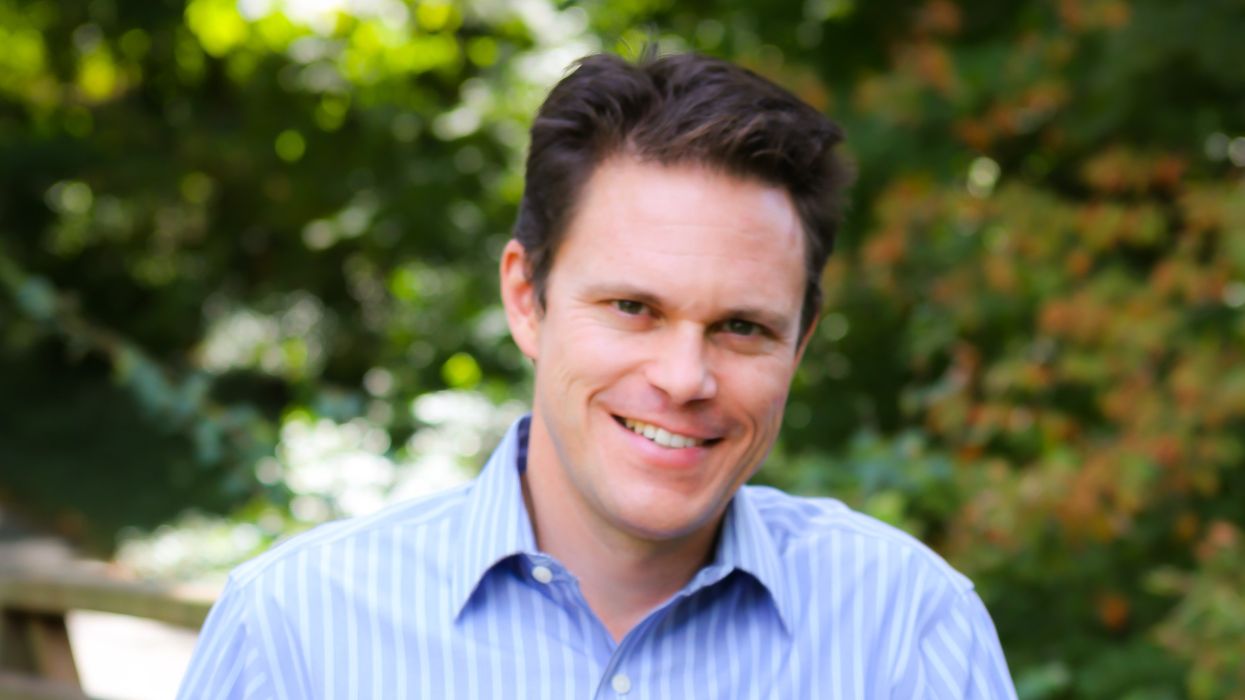Nevins is co-publisher of The Fulcrum and co-founder and board chairman of the Bridge Alliance Education Fund.
I had the wonderful opportunity to interview Eric Bronner on Jan. 18 for the CityBiz “Meet the Change Leaders” series.
Bronner is the founder and chief operating officer of Veterans for All Voters – a veteran-led, cross-partisan community that is mobilizing military veterans to be advocates for election innovations that unlock competition, make our politics less toxic and encourage the government to be more responsible.
Bronner graduated with honors from the United States Naval Academy in 1997 and served on active duty for eight years as a naval flight officer. Before discovering his passion for election reforms, Bronner was a successful real estate broker and attorney in St. Louis, Mo. For three years, Bronner was a board leader with Show Me Integrity, a cross-partisan democracy reform organization that in 2020 helped bring an innovative, nonpartisan approval voting system to St. Louis.
After the 2020 election, a fellow veteran saw Bronner’s passion for political reforms and recommended getting more veterans involved. Early in 2021, he put together an informal advisory board of veterans from across the country and political spectrum to investigate this opportunity. They discovered a true “white space” between the 40,000-plus veteran service organizations and thousands of civic health, bridge building and reform organizations.
As such, Veterans for All Voters launched publicly, in Wisconsin, in October 2021. Since then, VAV has mobilized over 3,200 veterans and supporters in all 50 states. In 2022, VAV was a coalition partner with the successful “ Yes on 3! ” ballot amendment campaign to bring “final-five voting” to Nevada. Now, in 2024, VAV’s 300-plus veteran leaders are supporting over 20 different active reform campaigns in cities and states across the country. These efforts are opposed by both major political parties.
Watch the interview to learn the full extent of Bronner’s remarkable work and perhaps you’ll become more civically engaged as well.
Eric Bronner- Veterans for All Votersyoutu.be




















